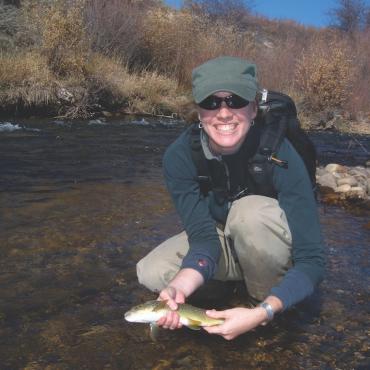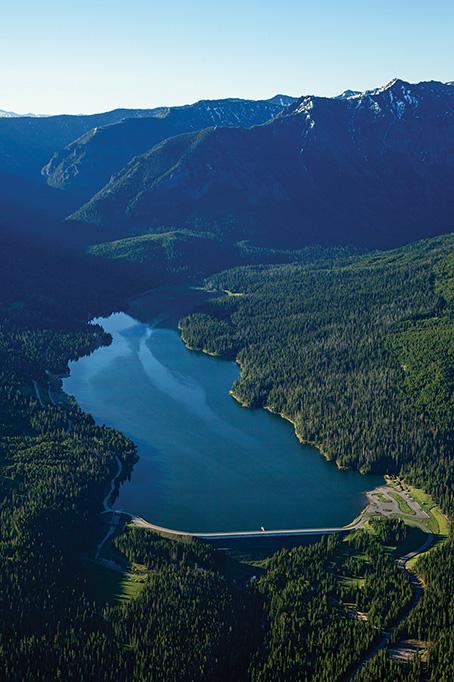Know Your Water
All about the Bozeman Municipal Watershed Project.
Over the next few months, the City of Bozeman and the Custer Gallatin National Forest will begin forest-fuels-reduction work in the northern part of the Gallatin Range, where many Bozemanites love to sneak away for evening and weekend bike rides, hikes, fishing trips, and camping outings. What is the Bozeman Municipal Watershed Project (BMWP) and why is it needed? Good questions. Here's a primer on the BMWP and why it keeps water flowing out of your faucet and your favorite trails open, long-term.
What's a Healthy Forest?
For the last several decades, Americans have built communities and homes closer and closer to the wildland-urban interface (where public land intersects with private land and developments). This continual human presence influences how wildfires are managed—wildland fire-suppression is a priority, to ensure that fire doesn’t spread from the public forest to private lands or vice versa.
Low-severity wildfire is a natural and healthy part of this ecosystem and helps improve forest health. In many areas, though, human intervention is needed. Kirk Hill is a good example of an area that shows no signs of fire activity for many decades, if not centuries. Removal of deadfall and giving trees and vegetation some elbow room is important—and currently needed. Not only to improve the health of the forest considered Bozeman's backyard, but to also reduce the risk of a severe and extensive wildland fire, and improve public and firefighter safety in the northern Gallatin Range.
Where Does Our Drinking Water Come From?
One-hundred percent of Bozeman's drinking water comes from our national forests. Eighty percent comes from Hyalite Reservoir, Hyalite Creek, and Sourdough Creek. Maintaining a healthy watershed is imperative to keeping water flowing clear and cool out of our faucets. If you like to hike up Sourdough (aka, Bozeman Creek), or mountain bike Leverich, or camp at Hyalite—and if you also like to drink water—do yourself (and everyone else) a favor by treading lightly. Pick up dog poo, pack out trash, and be mindful of where you're stepping and your overall impact in the watershed. What flows down the mountains flows into Bozeman's community water supply.
If a severe and extensive wildfire event were to happen in the northern end of the Gallatin Range, it could compromise Bozeman's water. Just as packing out waste and trash helps keep the watershed healthy, so does forest-fuels work. Removing deadfall and doing thoughtful forest thinning is an insurance policy for the 50,000 residents who depend on Bozeman's water supply daily.
How Will the BMWP Affect Me?
Both the City of Bozeman and the Custer Gallatin National Forest will implement forest-fuels-reduction work starting in the fall of 2020 and continuing through 2021. This means temporary closures of some recreation facilities, including trailheads and possibly some roads for public-safety reasons. The City and the USFS are dedicated to clear, proactive communication so you can plan your after-work or weekend adventures without disappointment or frustration. Visit bznwatershed.com for project information and up-to-the-minute closures, and use the contact form on the website for any specific questions or concerns.
Bottom line: these are temporary closures that will result in a safer, healthier forest for everyone to recreate in as well as protection of Bozeman's water supply.













